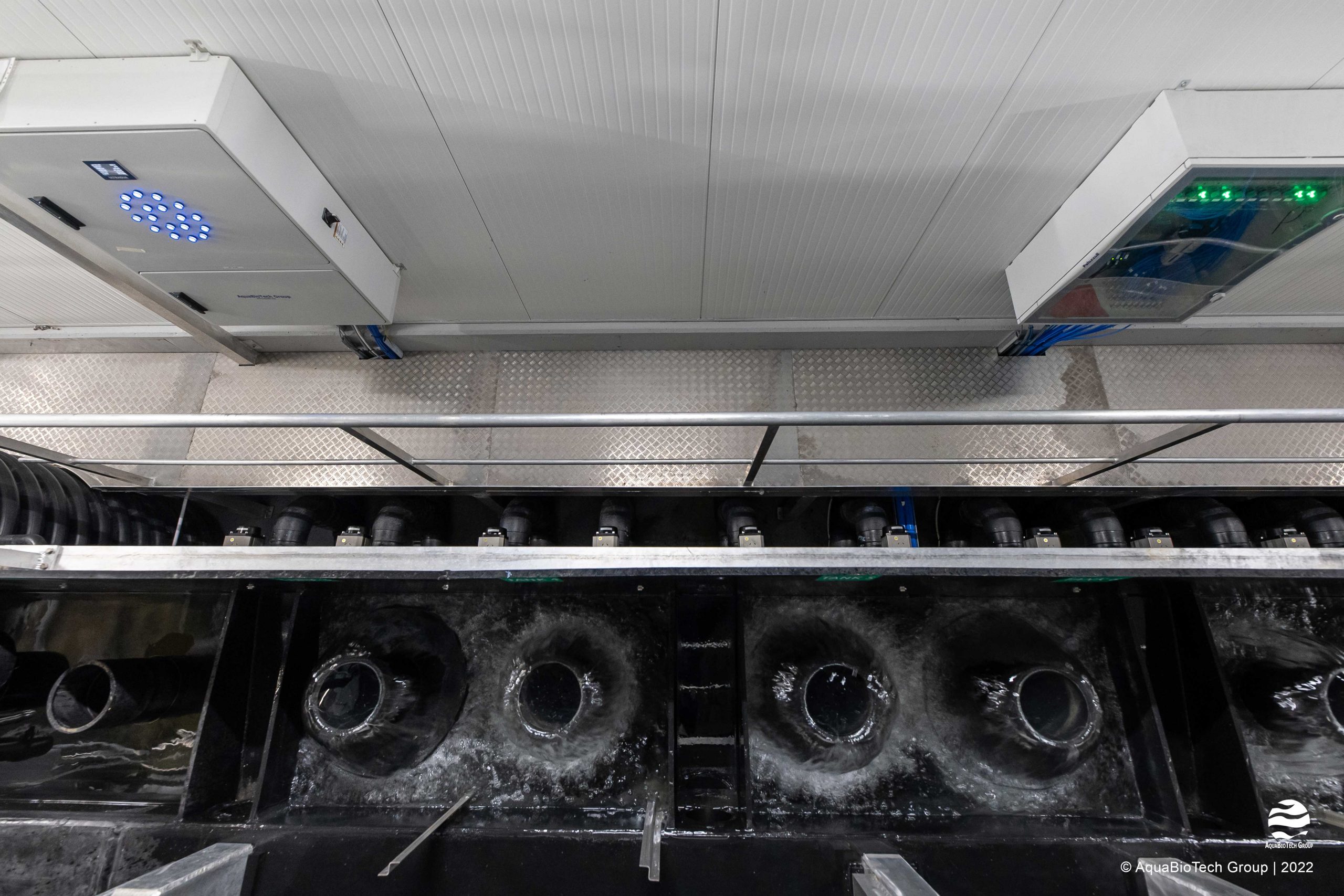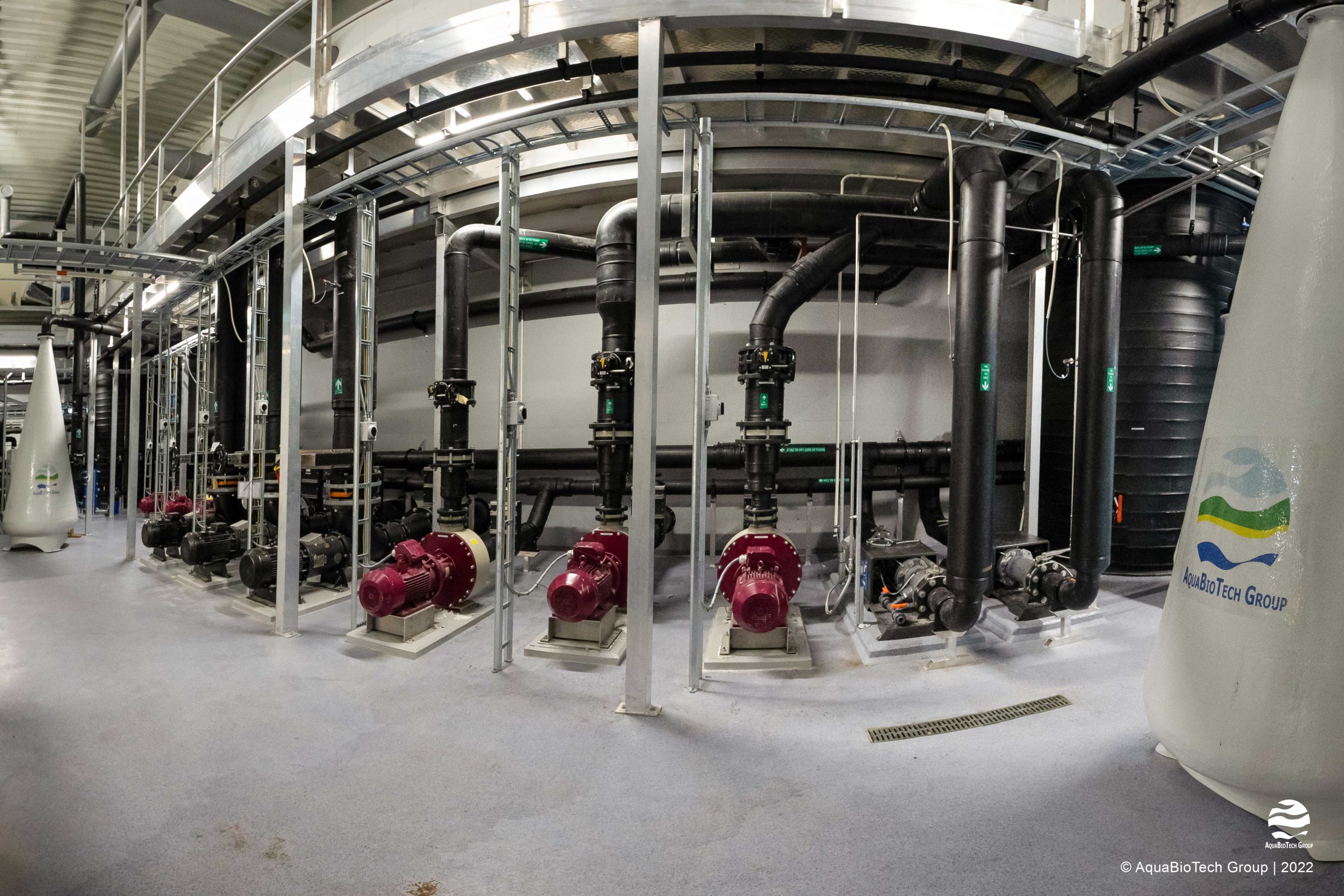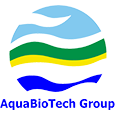AquaCirc™
With extensive global experience in the design and construction of recirculating aquaculture systems (RAS) for new projects and retro-fits, we offer a wealth of knowledge, assisting in management and monitoring of land-based production facilities. From flow-through systems to super intensive RAS, our company undertakes a variety of projects. These include anything from full project engineering, to specific biological aspects of production systems for mainstream and emerging species.
As a result of the efforts of our own research and development department we have developed some of the most advanced and cost effective filtration solutions available on the market today. Filtration modules that can process from 2 m3 up to 10,000 m3 of water per hour are available, as well as custom-designed solutions that are specific for each client’s requirements and budget.

The standard technology that is used in these systems are as follows:
- Nano-bubble super-oxygenation, water cleansing and off flavour reduction
- Ozonated protein skimming to remove micro-particulates and clarify the water
- Drum and disc filtration for macro-particulate removal with ozonated backwashing
- Automated purging to prevent solids settlement and reduce hydrogen sulfide risk
- Active In-line and loop degassing for carbon dioxide removal
- Unique MBBR biofiltration and air lift design for nitrification of ammonia and prevention of solids settlement
- MBBR bypass to protect the biofilter in case of excess solids or equipment failure
- UltraViolet sterilisation for bacterial and viral suppression and excess ozone removal
- Low head, single point pumping system for maximum energy efficiency and low operating costs

Our large scale recirculation systems are designed by experienced RAS fish farm operators and engineers to produce optimal performance in terms of production, energy consumption and reduce water discharge. Complete systems are designed with biosecurity as a priority and include integrated online monitoring systems to enable our staff to provide remote support and advice to clients, long after the onsite training has been completed. The technology retains fundamental design aspects that we have found to be successful and adaptable to clients of varying requirements and to species specific requirements.

